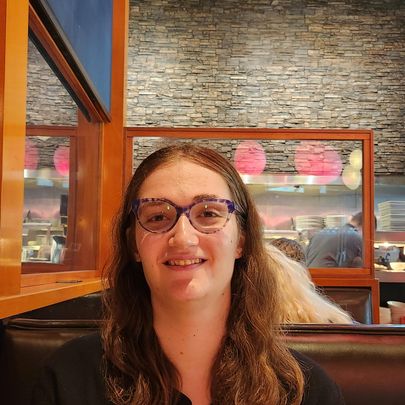It started with a small, hard bump under my hair.
I found it when I was around eight years old. I showed my mom, who immediately took me to the pediatrician to get it looked at.
“It’s nothing,” He said.
We heard the same from two other pediatricians over the years.
When I was 15, in November 2011, my mom took me to a dermatologist for a separate issue. I showed her the bump because it had grown a bit over the years.
“I don’t like the way this looks. It’s red; not a good sign.”
The doctor performed a biopsy, and the next day we got the news that nobody wants to hear at 15: the bump was an extremely rare (but treatable) type of soft tissue sarcoma.
Cancer.
The word hit me like a slap in the face. Am I going to die?
After countless hours of research, I ultimately underwent a wide excision surgery and a skin flap to close the wound in February 2012. I’d never had surgery before, so the thought of being put to sleep and having my head cut open terrified me. I’d be cared for by a surgical oncologist and a plastic surgeon during this operation.
The cherry on top of the cancer cake occurred shortly before the surgery when the plastic surgeon informed me I would need to have half of my head shaved for him to perform the skin flap and close the wound to allow for healing.
Upon hearing this, I broke down in tears. Both my parents and the doctor stared at me with blank expressions on their faces, unsure of what to say.
As a high school student, I knew all the girls judged one other based on appearance, and hair was a large part of that. I attended a competitive high school filled with affluent students. I knew I would stick out like a sore thumb if I went to school with my head shaved.
The night before the surgery, I looked in the mirror and attempted to visualize myself with half my head shaved. I didn’t recognize the person looking back at me. I wanted to throw up.
The next morning, my entire body shook as I arrived at the hospital. I’d barely slept the night before, and my brain ran 100 miles per hour.
I can’t believe I’m doing this.
How much is this gonna hurt?
What does it feel like to be put to sleep?
What am I gonna look like when I wake up?
Shortly before going back to the operating room, the surgeons came to visit me. They told me they decided to do a skin graft, which would save most of my hair. A skin graft involves taking healthy skin off one part of the body and using it to cover wounds on another body part that won’t heal on their own.
When the nurse announced it was time for us to go to the operating room, I started hyperventilating. Both of my surgeons were still in the pre-operative room with me . One of them patted me reassuringly on the shoulder, and the other one stared at me blankly. The pat on the shoulder was a small but extremely meaningful gesture which told me this surgeon empathized with me and was in my corner.
The ride back to the operating room felt as though I was a prisoner being led to the execution chamber. Voices spoke around me and bright lights shone above the bed as I rolled through the hallways leading to the operating room.
In the operating room, a light blue oxygen mask went over my face when the anesthesiologist administered the anesthesia. My eyes closed and everything went black.
Ultimately, the procedure was successful, and the recovery largely uneventful. It took about three weeks for the skin graft to heal and properly adhere to its new site.
Today I am a social worker in a community mental health setting. Even though this all occurred several years ago, I still remember the level of compassion demonstrated by my surgeon’s small but meaningful gesture. This level of compassion is something that I strive to provide each of my clients every day.
By: Morgan Katz

